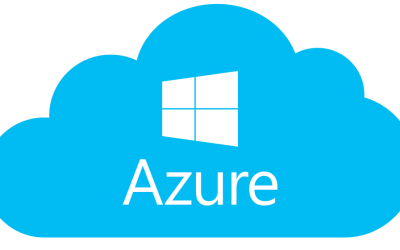Microsoft’s artificial intelligence technologies are spreading far and wide across its product portfolio. During the International Broadcasting Convention 2017 in Amsterdam, Netherlands Sept. 14-19, the software giant showed off an updated version of Video Indexer, an AI-enabled cloud service that allows media companies to extract information from their video content and make it searchable, among other capabilities.
Part of the Azure Media Services suite designed for media and online streaming companies, Video Indexer already offers object audio transcription, sentiment analysis and automatic face detection, among several other capabilities. An updated speech-to-text feature now enables customers perform speech analysis on content containing the Egyptian Arabic language. An inline editing tool for the service’s transcript panel and multiple playback speeds are also new.
HEVC (High Efficiency Video Coding) support is now generally available. HEVC, also called MPEG-H Part 2 or H.265, is a video encoding standard that supports 8K video can deliver the same quality as its predecessor, H.264 or AVC (Advanced Video Coding), using roughly half the bandwidth.
“The improved encoding efficiency of HEVC helps video service operators deliver higher resolution and higher quality video to their viewers, while saving on storage and CDN [content delivery network] costs,” wrote Sudheer Sirivara, partner director of Azure Media and Azure CDN Services at Microsoft, in a blog post.
“Apple’s iOS11 release will support this codec, which will ensure a large addressable market” for operators who adopt it. HEVC encoding is now generally available in Azure Media Services via the Premium Encoder, continued Sirivara. To sweeten the deal, Microsoft is keeping prices in line with the H.264 encoding option.
A number of new third-party integrations were also unveiled at IBC 2017.
Axle Video’s media management solution, dubbed Axle AI, now integrates with the Azure Media Indexer, enabling the product to transcribe videos and automatically tag video files using descriptions of the visual content they contain. Amagi’s Cloudport software, a cloud playout platform used by media organizations to manage content for broadcast, can now be deployed on Azure, revealed Microsoft.
On the Azure CDN front, Microsoft has been steadily layering new functionality, including one-click streaming media optimizations. A new Dynamic Site Acceleration feature employs network optimizations to speed up the delivery of online video content.
Finally, Microsoft is making it possible for media customers to incorporate Azure storage media assets into their Azure websites and web apps with a single click. For users with large 4K and 8K video files, the Azure Blob Storage service now supports objects of up to 5TB in size, according to Sirivara.
Beyond fulfilling the streaming needs of its broadcast customers, Microsoft has also been courting studios and production companies with secure media cloud services to help keep their movie-making assets secure and avoid leaks. The offer comes at a time when the entertainment industry has sustained major asset leaks in recent months.
In July, HBO was rocked by a data breach at that allegedly gave attackers access to 1.5TB of data, including unreleased episodes of the company’s hugely popular original series “Game of Thrones.” In April, hacker group The Dark Overlord leaked episodes of Netflix’s Orange Is the New Black. In 2014, Sony Pictures Entertainment suffered a headline-grabbing attack that caused $35 million in losses.
Originally published on eWeek





